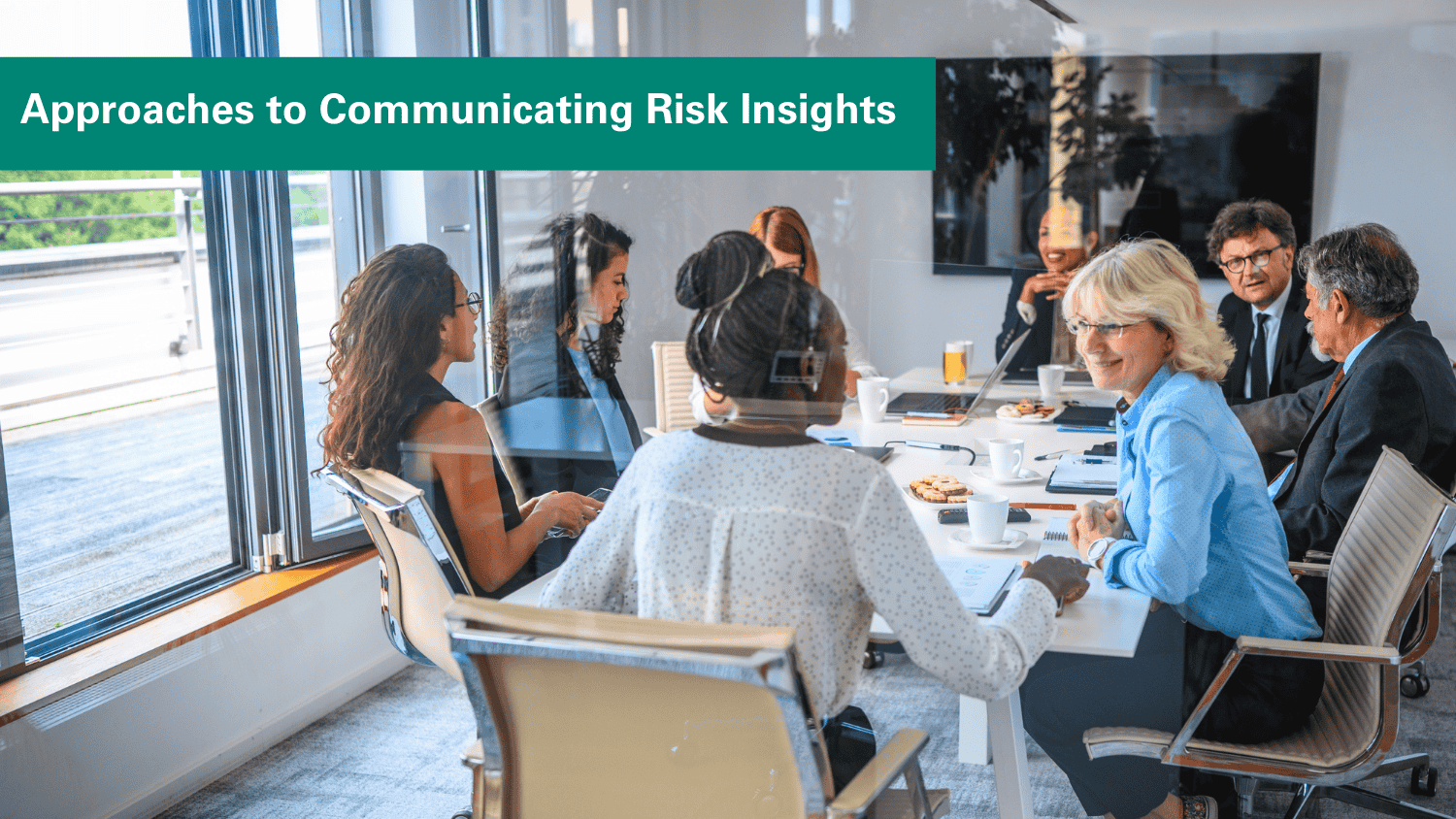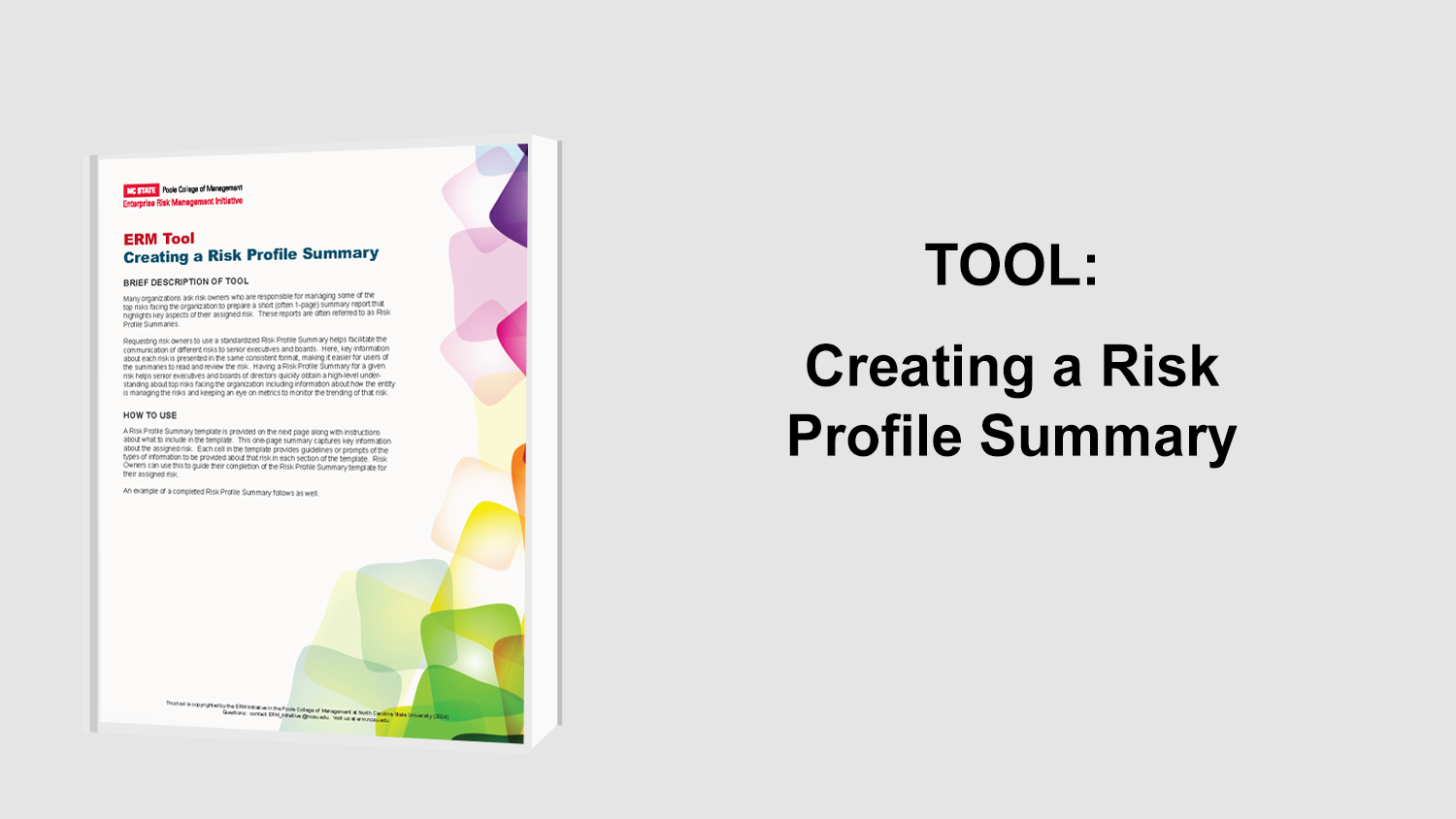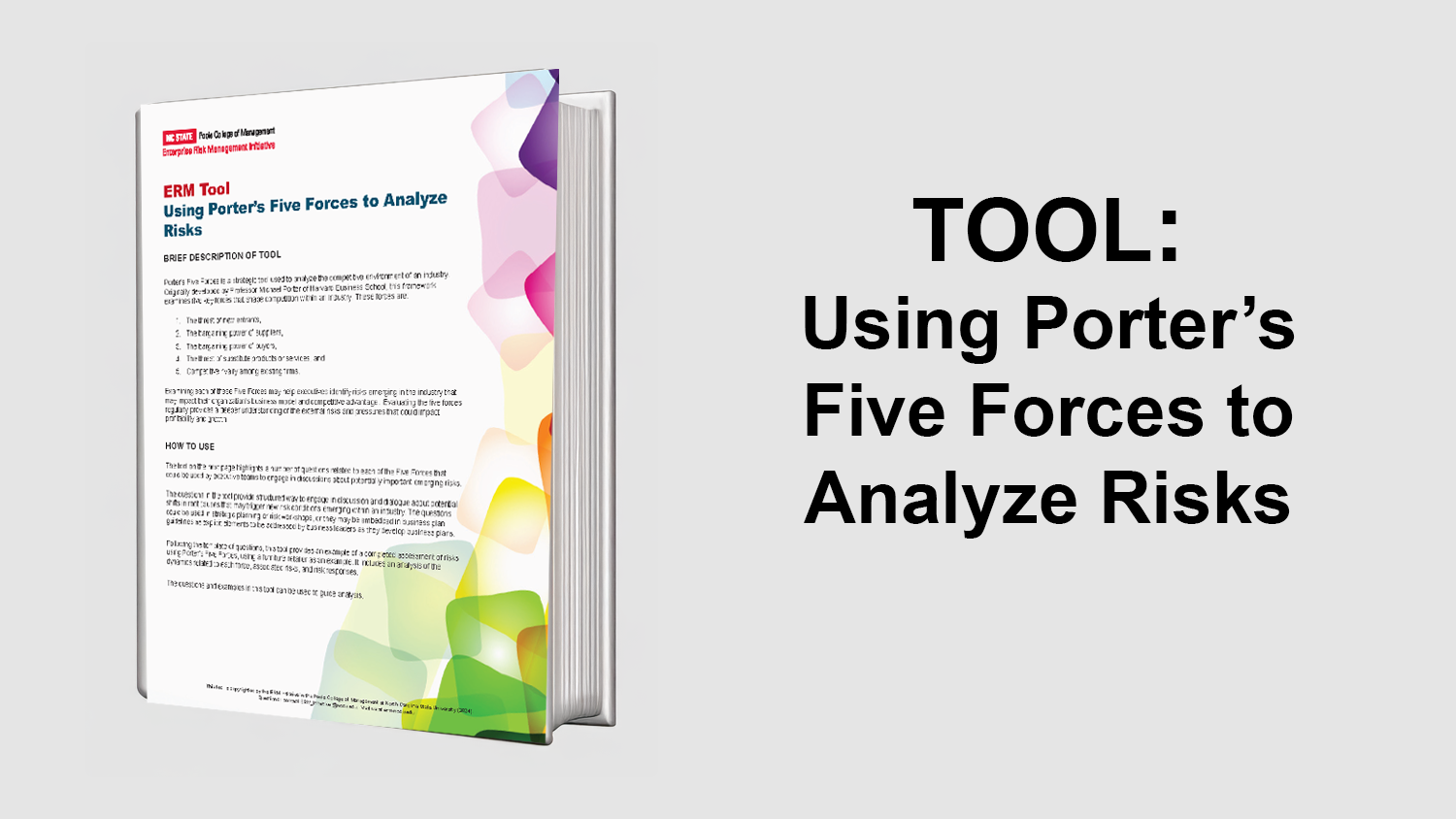The Intersection of Reputation and Cyber Risk
The results of the reputation risk study in 2018 include these main points:
- Due to social media, the value impact of reputation events have doubled.
- When a crisis occurs, communication has to be instant and on a large scale to spur a recovery in value
- Responding in an active and socially responsible manner is a critical element to creating value
- Evidence shows that cyberattacks do have an impact on share price
Due to technology constantly changing, constant surveillance is essential in preparation for any type of risks that may arise. Social responsibility has greater demand according to what firms have shown. The World Economic Forum calls the rise of social media, disruptive technologies and innovations, as the Fourth Industrial Revolution (4IR). This fourth industrial revolution is defined as the “fusion of technologies that is blurring the lines between the physical, digital, and biological spheres.”
Changes in business and risk
An unprecedented investment and innovation in technology is resulting in a fundamental shift of the business and risk landscape, as the digital and physical worlds are becoming more and more as a whole. Advances in technology, like portable devices, augmented intelligence, and wearable devices, give people the means to provide and access information instantly and globally, regardless of the accuracy.
Reputation Premium – What is at risk
Reputation premium is defined as the excess of market capitalization over the company’s book and brand value. This shows us the earning power of the firm that is valued by investors but are not recognized in either the brand or net assets. The “reputation at risk” is the combined value of brand value and reputation premium. Reputation risk does not discriminate by industry or country. The portfolio that was used in this study contained 125 reputation events that have occurred over the past decade.
Results of Study
On average, 5% of shareholder value is lost over one calendar year (252 trading days) following an event. Companies who go through these reputation events are fairly divided evenly into 2 groups; Winners and losers. Winners outperform investors’ expectations prior to the incident, gaining value, while losers do the opposite. The 2018 portfolio reflects a post-social media world where winners gain 20% value and losers lose up to 30%.
Neither the size of the firm nor size of the reputation premium provides protection against value loss. Regardless if you’re a winner or loser, neither group escapes a higher equity beta as a result of the event, which increases a firms cost of capital due. The associated higher risk results in investors requiring a higher return to assume the higher risk.
The market receives more information about a company, especially their management, during a time of crisis than it would normally. When management can impress, expectations of future performance are even higher then prior to the incident.
Important Lessons learned from previous reputation event crises:
Respond globally – Samsung tried to manage the Galaxy note 7 recall by responding with a series of national recalls instead of a global one. A big mistake requires a big clean up.
Be open/transparent – Aside from an initial “woops” apology, more information over what the issue was and what caused it can go a long way.
Cyber Risk in a growing world of Social Media
This study compares the new threat of cyber attacks. The 2000 study had no cyberattacks, whereas the 2018 study include 23 cyberattacks as reputation risk events (18% of the portfolio). This can be seen as an indicator of what is to come.
The difference in performance between the winners and losers makes one wonder where their company would land.
Guidelines for Reputation risk management
Falling into the winning category requires crisis communications to be instant and global. Social media is unforgiving, so get a hold on it before social media does. Greater investment in preparation of these events will bring rewards when crisis happens.
When a crisis occurs, a company should work on the issue in a way that is seen by as many stakeholders, for there are expectations that determine whether or not a company prevails. Social responsibility is a key factor in today’s culture.
Bottom Line: We cannot ignore the reputation risk or the advancement on technology, but instead take advantage of these things and use them as an advantage by proper preparation and following guidelines.
Original Article Source: “Reputation Risk in the Cyber Age“, Aon & Pentland Analytics, 2018
- Categories:
- Types:


